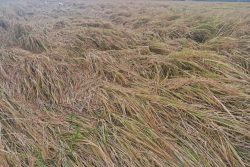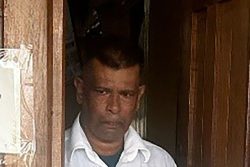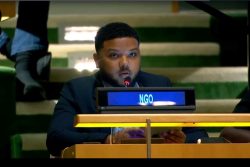Images of a container in which 11.5 tonnes of cocaine was smuggled out of the country in September have been retrieved with international help after having been deleted from a Guyana Revenue Authority (GRA) container scanner.
The deletion of the images had been seen as evidence of high-level corruption in the GRA.
Local efforts made to retrieve the scanned images had proven futile and GRA sought expert help, alongside the manufacturer of the scanner.
Sources told this newspaper that another bust overseas had alerted local authorities that the images could be deleted and systems were put in place to have a mechanism for their retrieval.
But authorities did not want to make public updates on the investigation and works continued with expert assistance from the United States Drug Enforcement Administration and other offices.
When the 11.5 tonnes bust occurred, a system was supposed to be in place for redundancy so that the images could be saved on secondary servers. This process is not yet completed and the process is currently ongoing to have the dedicated line.
While other scanned images were also retrieved, it is unclear what information are on those as officials declined to comment saying that “some investigations are to be confidential because of its sensitivity”.
What remains unclear is why since scrap metal export needs a licence and has been put on hold that the shipper was issued with one.
CANU’s role in not being present at the scan at the container port in Georgetown has also not been addressed.
Most importantly, how the over 11 tonnes of the narcotic was smuggled into this country raises a series of questions on Guyana’s fight in the narco trade.
After the discovery of the shipment early in November, Belgian law enforcement authorities described it as “the largest overseas drug bust ever, worldwide.” The shipment was seized upon its arrival at the port of Antwerp. It carries an estimated street value of 900 million Euros.
Stabroek News was informed that the shipment departed Guyana on September 25 and was searched by Belgian authorities on October 27.
Minister of Home Affairs Robeson Benn had also told reporters that the authorities are “extremely” alarmed that the shipment passed through the surveillance system without being discovered.
He had said that the operation had to have been in the planning for months.







